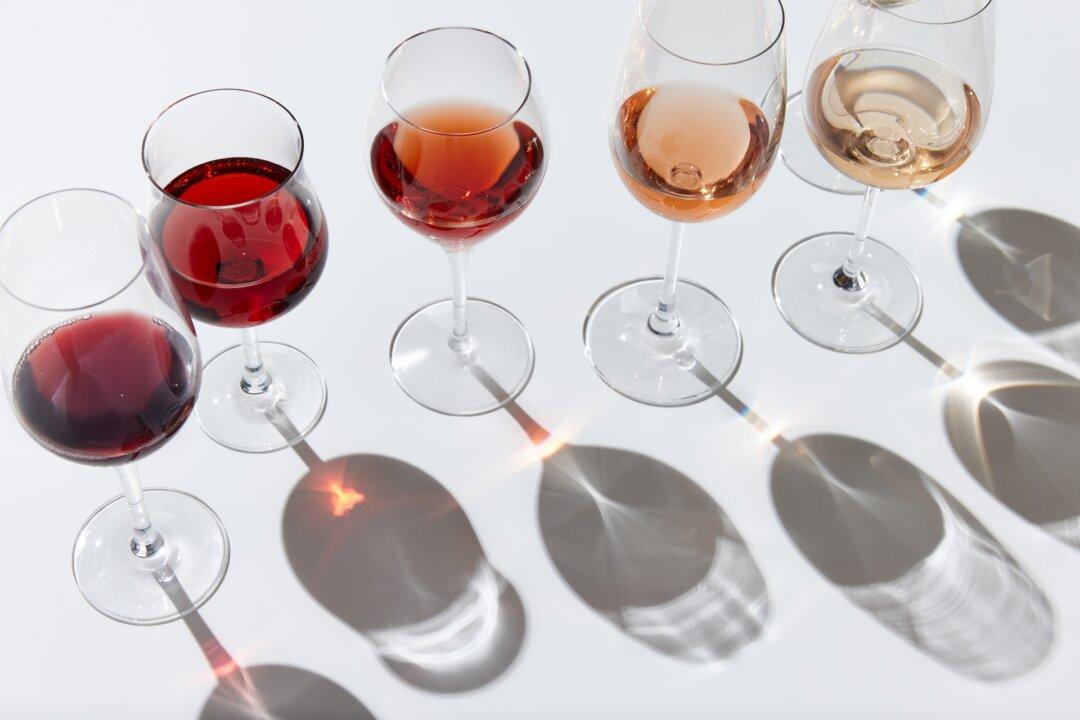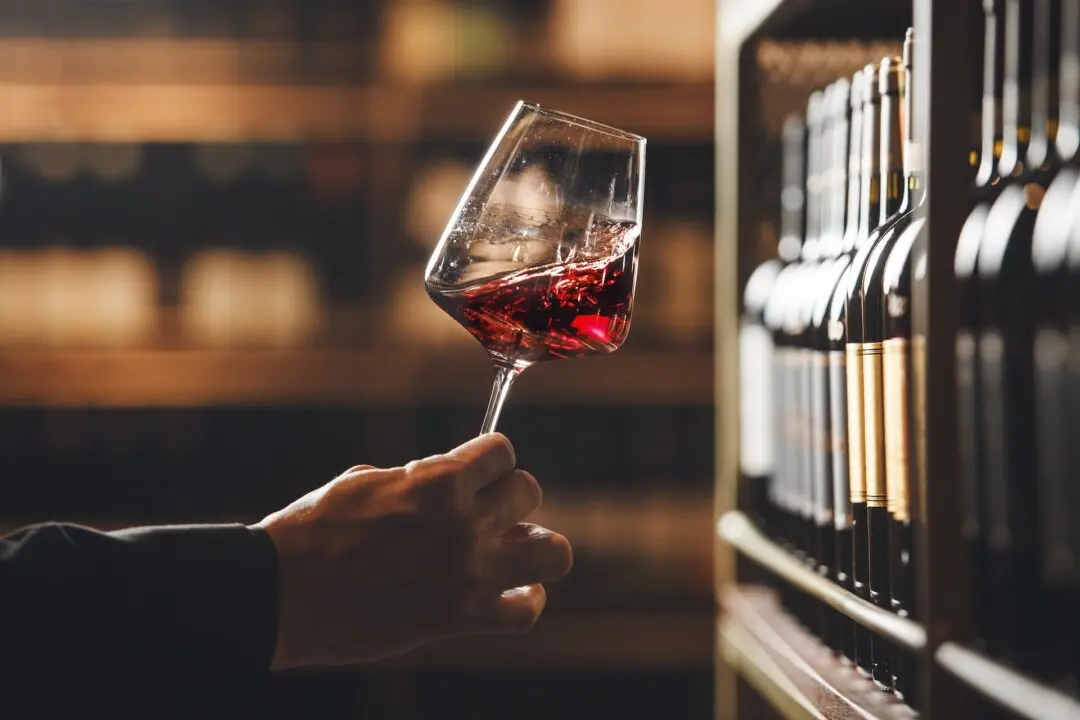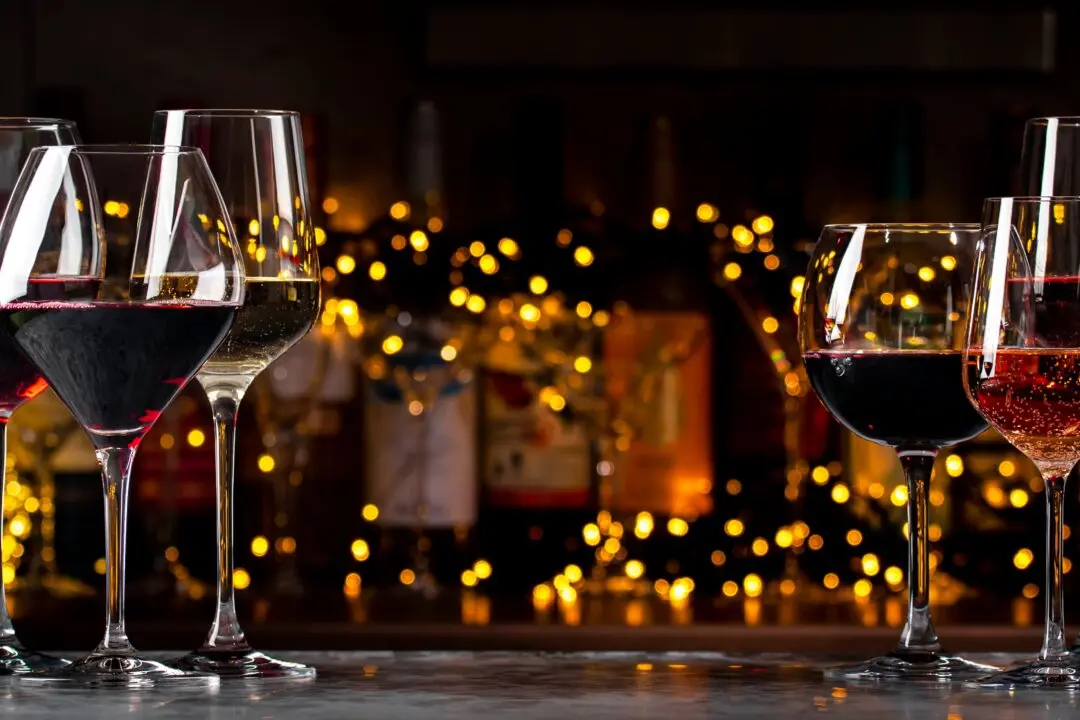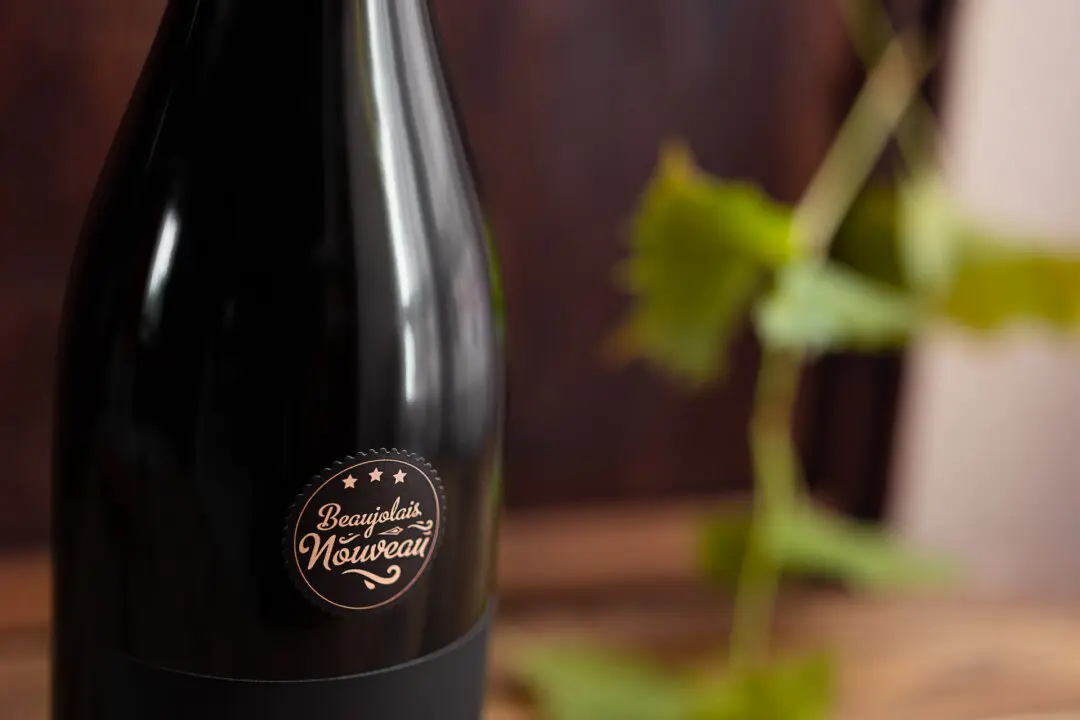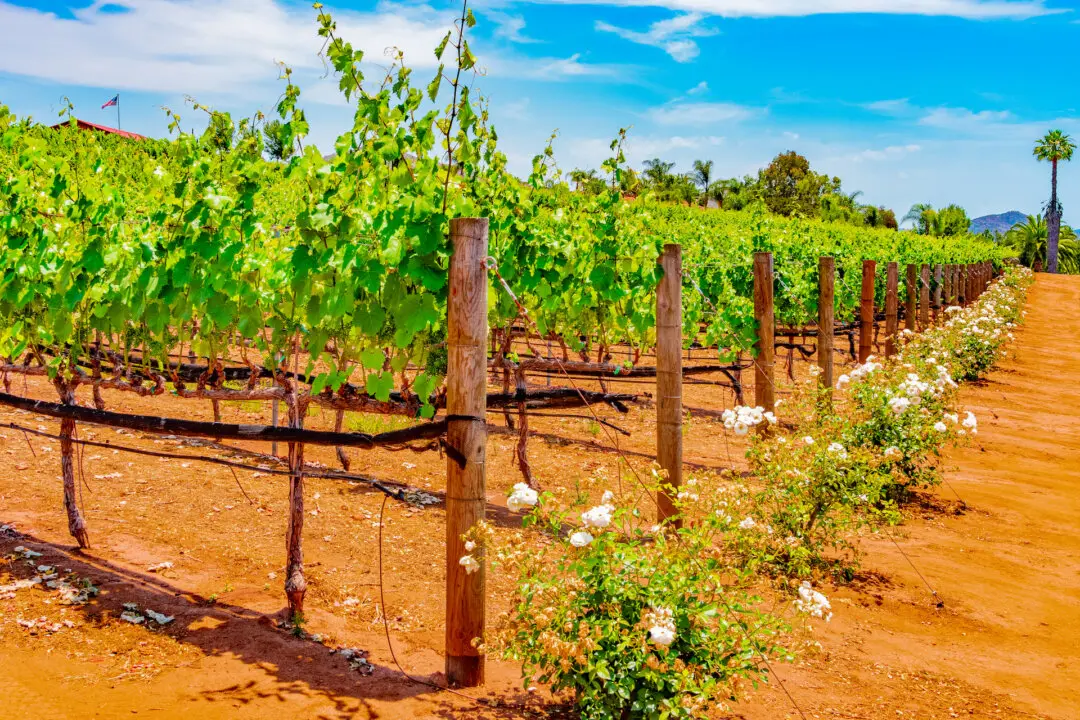Millennial wine drinkers, we were told, love to try different things. But by contrast, many California winemakers are still trying to make red wines that fit the standard model: soft and plush.
This model is what wine marketing people say consumers want, based on the scores that historically have been given to red wines of dark color and weight. But are such wines selling?

